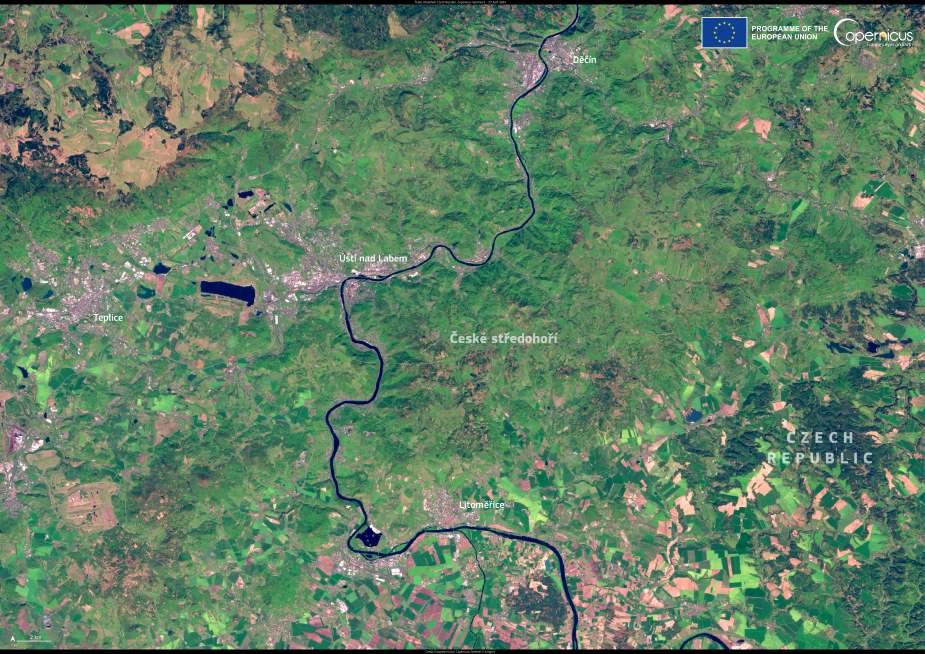The number of municipalities in Denmark identified as being at significant potential risk of flooding has nearly doubled, increasing from 27 to 51. This sharp rise is based on a new risk assessment released by the Danish Coastal Authority (Kystdirektoratet), highlighting areas vulnerable to flooding from both coastal and inland waters.
The updated flood risk mapping incorporates advanced tools and new data, providing a more accurate depiction of potential flooding scenarios. It considers the increasing frequency of storm surges due to climate change. Events that were once expected every 20 years could occur annually or biennially by the century’s end. Similarly, what are now categorized as 100-year and 1,000-year flood events are projected to become more frequent.
Municipal obligations and climate adaptation
As part of the new mapping initiative, the identified municipalities are required to develop risk management plans to address future flooding threats. These plans must be submitted to the Danish Coastal Authority by October 22, 2027, and will contribute to Denmark’s compliance with the EU Floods Directive, which mandates regular risk mapping to protect communities and reduce flood-related impacts.
Denmark’s Minister for the Environment, Magnus Heunicke, emphasized the changing realities brought by climate change: “We are facing a new climate reality. Weather is more extreme, and storm surges are becoming both more frequent and severe. In this updated risk mapping, the Danish Coastal Authority has utilized better tools and data, offering a more accurate view of flood risks in Denmark. For the first time, social consequences, such as limited access to critical services like healthcare, emergency response, or electricity, are also considered,” Heunicke said.
From 2025, municipalities will receive additional detailed data and maps accounting for local conditions, helping them craft targeted strategies. The Danish Coastal Authority will provide guidance and support during this process.
The risk management plans aim to address prevention, protection, and preparedness. For example, municipalities may designate areas along rivers for water retention, construct dikes or floodwalls, and prepare emergency response strategies for storm surge events.
Minister Heunicke outlined the state’s role in supporting these efforts: “The risk mapping obligates municipalities to create concrete plans for how they will prevent and prepare for floods. From the state’s side, we assist with data, tailored advice, and co-financing through the Coastal Fund, currently supporting 38 coastal protection projects across Denmark,” he added.
Key facts from the assessment
- The number of identified flood risk areas has increased from 14 in the previous planning period (2016-2021) to 25 for the current period (2022-2027).
- Newly identified areas include Rømø, the western and eastern Limfjord regions, Mariager Fjord, Aarhus, Horsens, Grenaa, Gråsten, Roskilde Fjord, Himmelbjerg Lakes, and Arresø.
- The EU Floods Directive requires member states to conduct risk assessments every five years and establish guidelines for managing flood risks.
- Denmark’s implementation of the directive includes six-year planning periods, with the current period running from 2022 to 2027.
For the first time, the assessment integrates social considerations, recognizing the varied impacts on different population groups. This holistic approach aims to strengthen flood resilience and reduce the negative consequences of extreme weather events in a changing climate.
Article Source:
Press Release/Material (danish) by Danish Ministry of Environment and Gender Equality
Featured image credit: VisitAarhus | Adam Mørk




